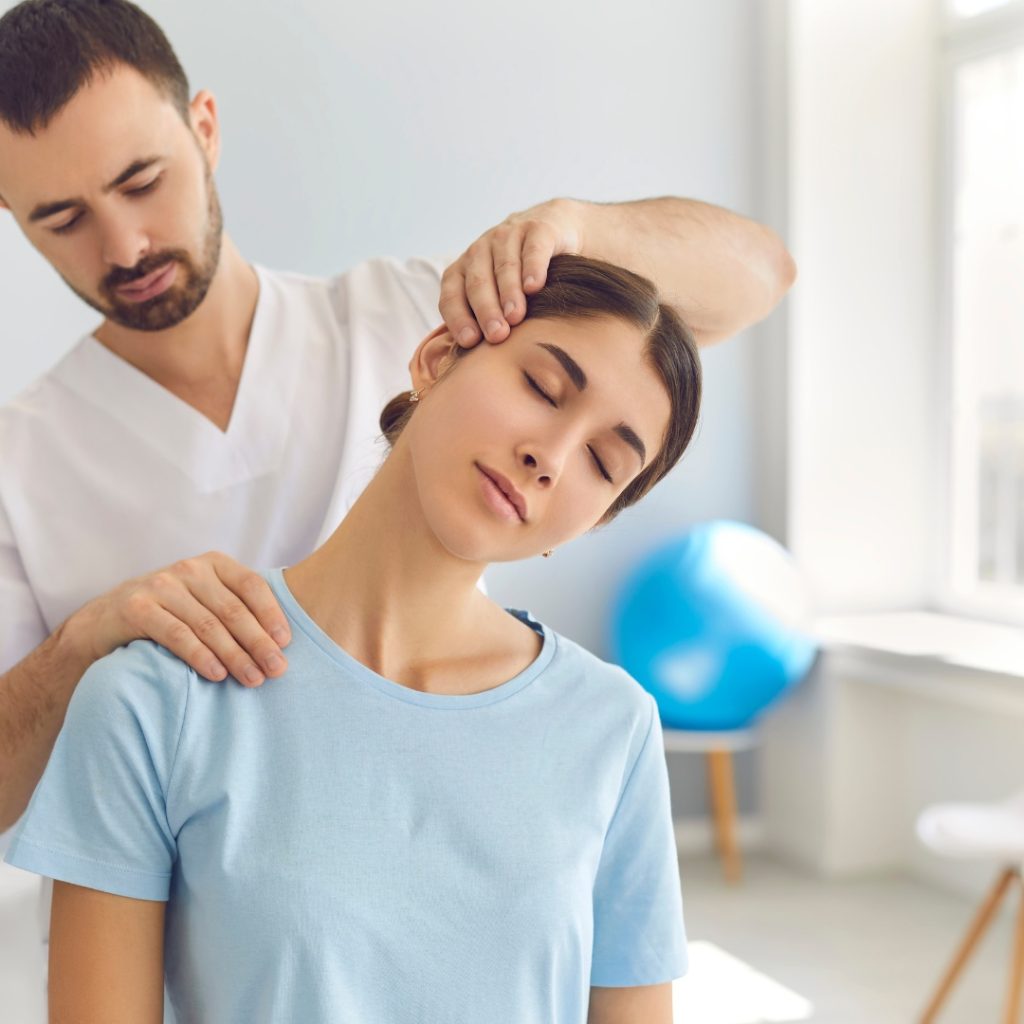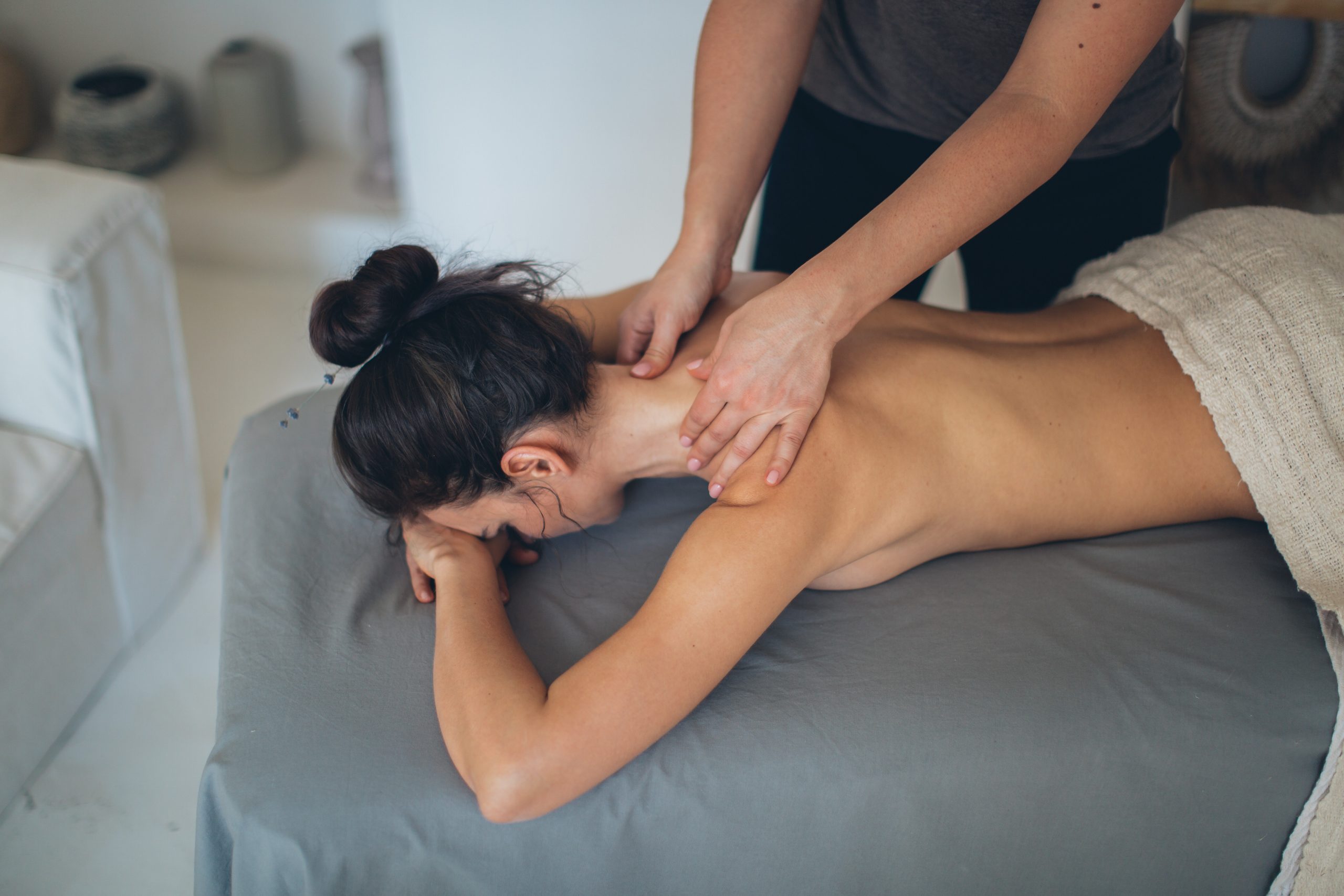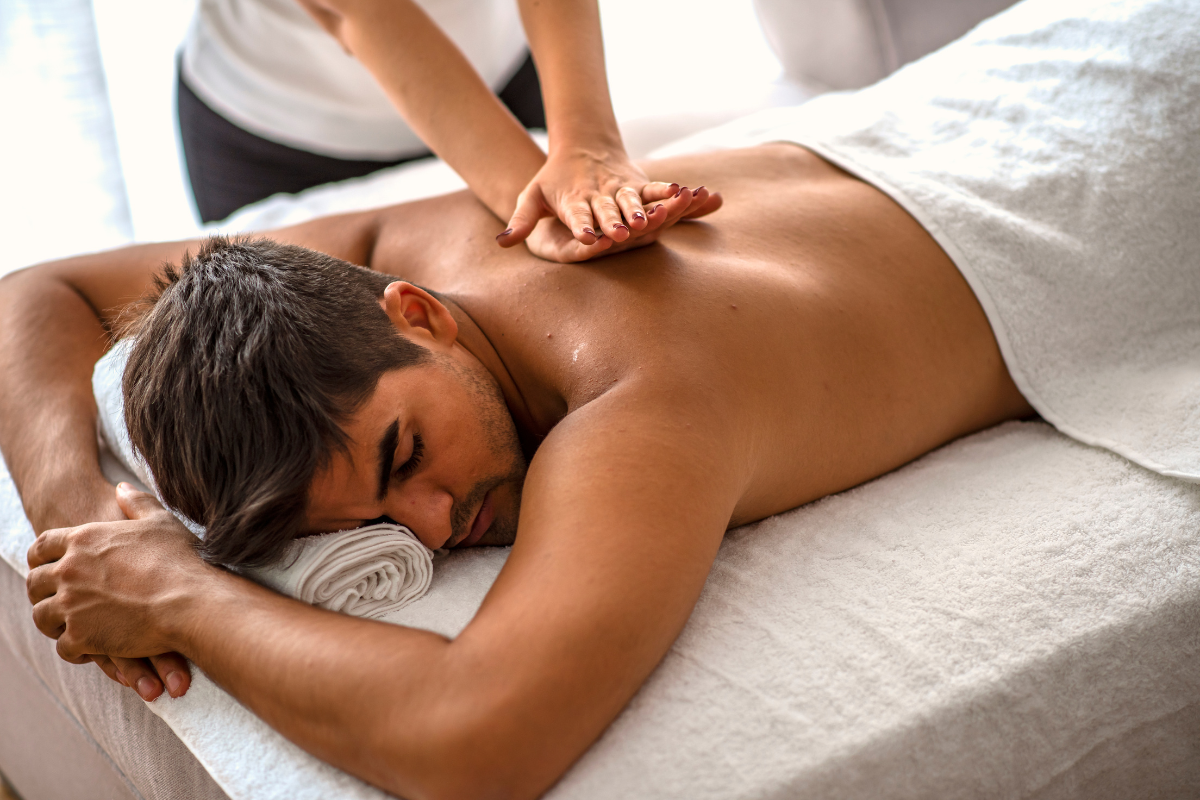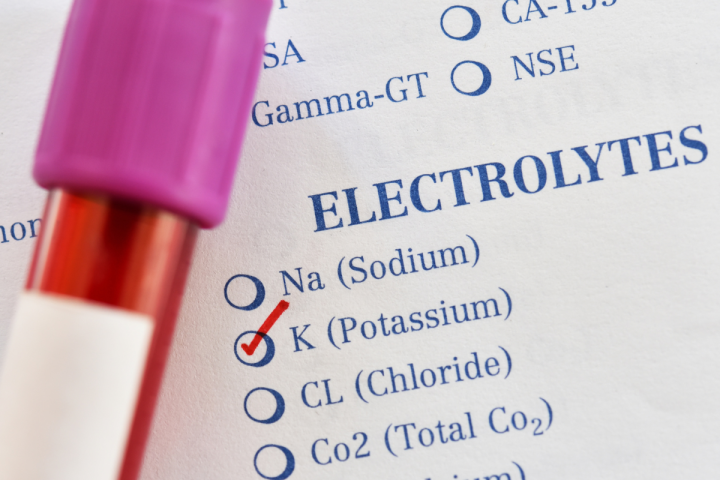Sometimes patients complain of therapeutic massage due to the pain felt during the treatment or persisting for some time afterwards. Is this a standard phenomenon and should it be of concern? We suggest in today's article!
What exactly is a therapeutic massage?
Therapeutic massage is a therapeutic treatment focused on eliminating dysfunction and pain in the joints and muscles. It also aims to support the recovery process after injuries, trauma and surgery, often being an integral part of a comprehensive therapy. Therapeutic massage not only speeds up physical recovery, but also has a positive impact on mental health, especially in cases of emotional trauma.
Therapeutic massage techniques improve blood and lymph circulation, which helps to remove unnecessary metabolic products and supply essential nutrients to the tissues, thus speeding up the body's regeneration. It is important that this massage is carried out by qualified professionals, as an inadequately performed treatment can worsen the patient's condition. It is therefore advisable to avoid massages performed by people without the appropriate qualifications, even if they are close to us. Always choose a professional therapeutic massage parlour where you can count on professional assistance and safety.
Types of therapeutic massage

Therapeutic massages encompass a variety of techniques, each with its own unique applications. One of these is segmental massage, also known as reflex massage. It is based on neurophysiological connections between the skin, soft tissues, blood vessels and internal organs innervated from the same segment of the spinal cord. Another type is tensegration massage, based on the principles of tensegration, which deals with the structural relationships between muscles, fascia and ligaments. Trigger point therapy focuses on applying pressure to sensitive areas in the muscles and fascia. Known as trigger points, to relieve pain and tension. Deep tissue massage works on the deeper layers of tissue beneath the skin, using slow movements to allow the tissue to adapt to changing conditions, with individually tailored pressure. Connective tissue massage focuses on moving connective tissue in areas of increased tension. Centripetal massage, on the other hand, also known as delivery massage, is used after injuries to the joints and surrounding tissues. Such as sprains, strains and contusions.
Therapeutic massage - should it hurt?
Remember that the primary aim of therapeutic massage is to treatment of diseases and painful conditions. Most often these are tight muscles, so therapeutic massage is used in the presence of stress disorders, as well as with a sedentary lifestyle.
Massage parlours are also frequented by people who suffer from conditions such as sciatica or degenerative changes. Massages allow for gradual pain relief and recovery. If a patient comes in with complaints of pain, they may also experience these during a massage. It is a good idea to communicate with the massage therapist and, as soon as the pain occurs, to let them know about it straight away. This way you can also bring your discomfort to the attention of the masseur.
Pain after a massage - is it normal?
Occurring pain after a massage the following day can happen if the muscles being massaged are tense or overloaded. Therapeutic massage is a kind of workout for the muscles, so these trigger points may hurt or there may be a bruised feeling the next day. Interestingly, according to many people, such feeling of pain is desirableas this is a sign that the muscles have reacted correctly.

In order to minimise post-massage pain and return to comfortable daily activities more quickly, it is advisable to drink enough water and to refrain from intense training the day after the massage. It is always advisable to inform the massage therapist of pain problems and to consider together whether another therapeutic massage should be no less intensive or shorter.
Therapeutic massage and the incidence of bruising
Can a patient develop bruising after a therapeutic massage? Such symptoms should not occur. If bruising does occur, it may be a sign that the massage therapist is not a competent person. It is also a signal that he or she is putting too much force into performing the massage. The exception, however, is a group of people who have a tendency to the rapid appearance of bruises. Such susceptibility is usually a hereditary trait or may be a symptom of blood clotting problems. If you belong to such a group of people, then therapeutic massage can cause you to develop bruises.
Contraindications to therapeutic massage
All types of massage have a list of contraindications, which is presented to the patient, e.g. via a website. In the case of therapeutic massage The most important contraindications include:
- body temperature above 39 degrees Celsius,
- cancer or during its treatment,
- purulent skin lesions or varicose veins,
- haemophilia,
- atherosclerosis or hypertension,
- pregnancy - only applies to the first trimester, if there are no contraindications from the gynaecologist in the second and third trimesters, massage can be performed.
Therapeutic massage is an effective way to deal with painful conditions. However, it should not cause pain on its own if it is not associated with a healing condition.




